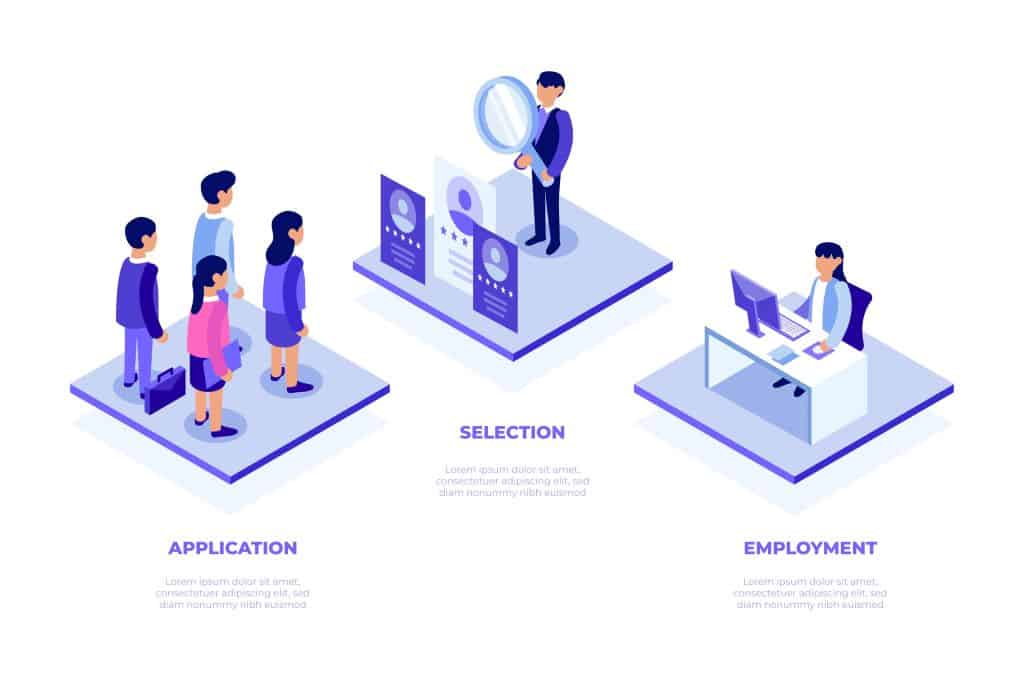We live in a gig economy. So it is good news for fast-growing organizations that want to hit into on-demand, cost-effective talent. The problem is that micromanaging your workforce is not an option any longer. So, it is time for individuals and organizations to take an engineering approach to managing their workforce.
Remote staffing and Contract to Hire: What is the difference?
C2H service providers get contracted to give a selective result or a number of hours. The connection gets handled through a single point of contact under a model based on accounts.
While remote staffing expands your current team and integrates into your company’s culture and processes, remote teams are helpful if you’re externalizing tedious activities such as data entry, journalism, data curation, customer support, data transcription for machine learning.
How do Remote Teams contrast to C2H service provider arrangements?
- Remote teams allow more cost flexibility, while C2H teams can have a below-bottom line.
- Remote teams give the authenticity of an in-house team without the enormous costs. Small groups suit your company’s culture and building. Because of it, they give your organization the reliability of a settled team without the expenses linked with full-time employees.
- Remote teams are easily scalable. This resolution is exceptionally cost-effective for start-ups seeing to grow quicker. Small team providers, like BRIDGENTECH, maintain a talent portal that provides on-demand access to pre-screened candidates, set to be examined and hired anytime.
- C2H can mean more economical costs per project but with a managed output. With C2H, you’re typically spending on completing a project on a pre-agreed result basis. While this could indicate lower project costs, it can be tough to adjust or alter the scope of the pre-agreed end and is usually the case for fast-growing companies.
- C2H providers may seem to be effortless to manage but could rack up extra costs. With C2H, your company can expect to feel a hands-off way to the team’s management who do the work. Although this appears like it would pay off in the long run, it can reveal later risks. Research shows that while C2H can be more affordable at the origin, you can rack up an added 14% to 60% in covered costs, whether it’s from the cost of lower work quality to the price of unplanned risks or lost time in coordination.
- The level of command changes between remote teams and C2H service providers
- Remote teams allow for developed control over processes and communication. Although they aren’t really in your office, your remote team is part of your business, much like full-time employees. Because of this, companies can better handle results made by working processes, working hours, and a team mindset.
- C2H teams are genuinely there to do the job. As you involve an outsourced service provider to get the job done, you have less say over what hours they work and the processes they use.
- Remote teams and C2H employees can both change company culture.
- Remote teams can help you manage and grow your company culture. A small team is a part of your company. It means that they live and exist in your company values, just like your full-time employees do, which can lead to enhanced brand image and a more powerful brand name – all of which are important in preserving clients and are suitable for talent recruitment and preservation.
- C2H may reduce company culture. As C2H service providers are contracted for the job, not for social fit, they are not combined into your team in the same way. It can go one of two ways. In some cases, this can either lead to a dilution of company culture or provide control to pay more time with their employees, thus amplifying collaborations and workplace culture.
- Recruitment of remote teams gives you complete control over your team; however, C2H is out of your hands.
- Remote team providers provide you with complete control. Providers work with you to find proper candidates for your team. Once you have chosen your new team, remote team providers maintain the job offer and hiring process and customize the package to be in line with the local market, assuring you can attract and retain the best talent for your team. Once these steps are complete, you are given full control of your team.
- C2H teams will get your work done on time, but you would not control who serves on your team. C2H service providers have one aim: to complete the pre-arranged result in the set amount of time invested.
Over to you
If your business has entered a significant position where freelancers can no longer support your growth, C2H and remote teams are both great options to explore. Understanding the critical distinctions between these services can unquestionably affect your organization’s productivity and profitability.
If you’re ready to explore the advantages of a remote team, look at how other companies are using remote staffing to estimate.








